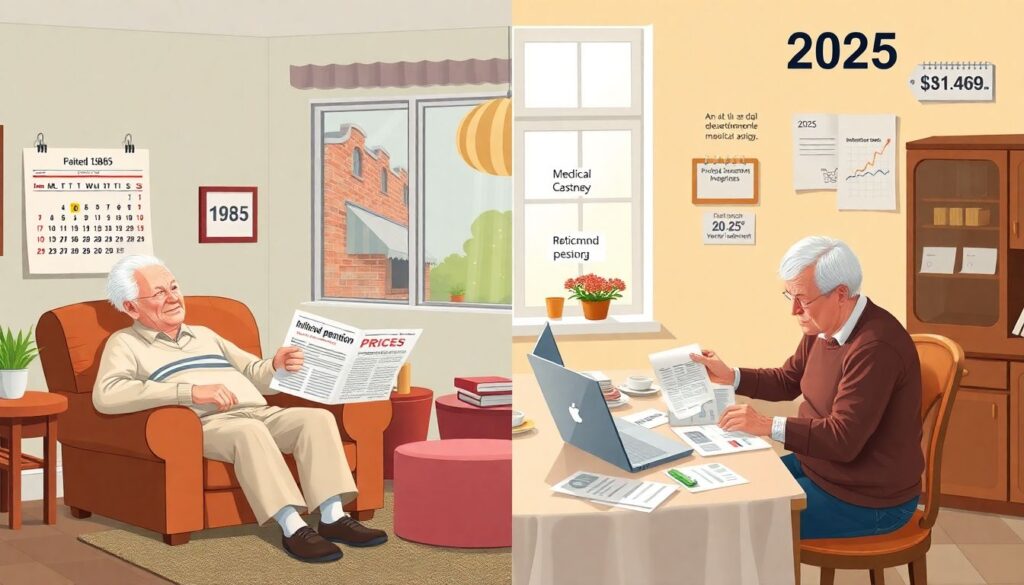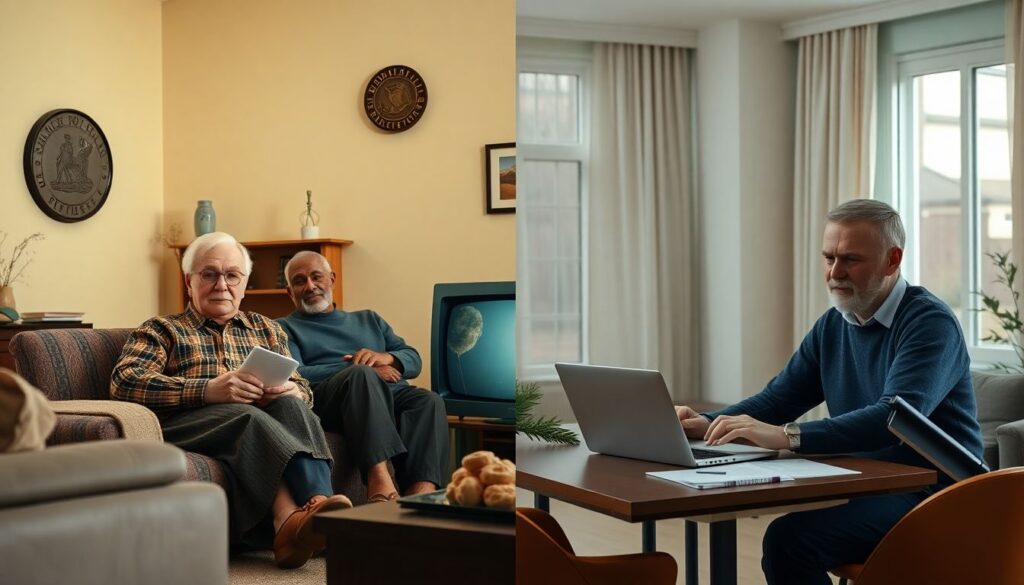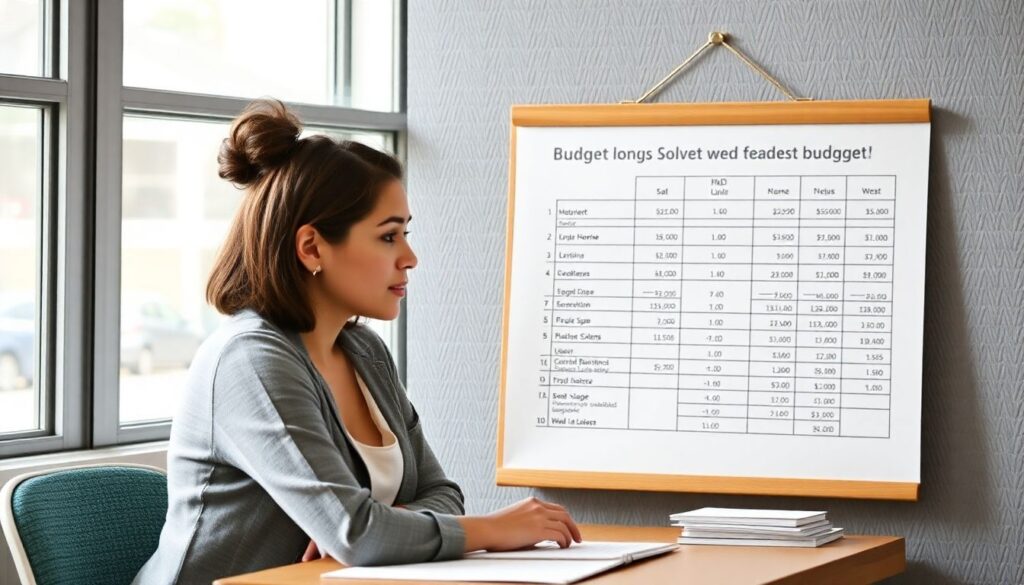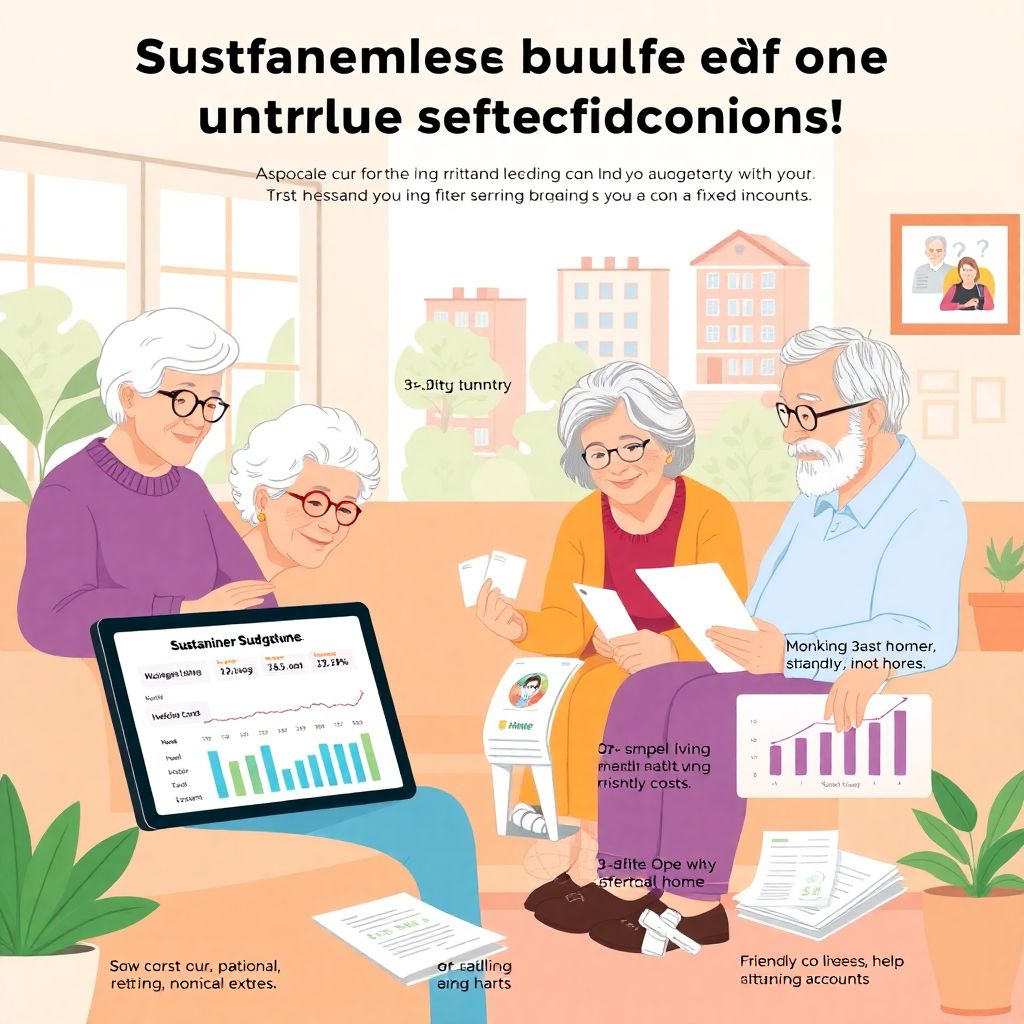Sustainable budgeting: why fixed incomes feel tighter in 2025

Retiring on a fixed income used to feel safer. In the 1980s many workers had predictable pensions indexed to inflation, and prices, though high, eventually calmed down. Fast‑forward to 2025: according to OECD data, people now spend roughly 20–25 years in retirement on average, while medical costs in many countries outpace general inflation by 2–3 percentage points a year. When your income barely moves but rent, utilities and healthcare keep rising, every misstep in planning hurts. That’s where sustainable budgeting comes in: not just cutting expenses, but building a spending pattern you can realistically keep for decades without eroding your quality of life or running out of savings too soon.
From company pensions to DIY retirement: a short history

If you compare your parents’ retirement with yours, the shift is obvious. In the post‑war era, especially from the 1950s to the 1980s, defined‑benefit pensions and generous state systems were the norm in many developed economies. Budgeting mattered, but the income side was relatively stable and predictable. Since the 1990s, companies have moved toward defined‑contribution plans, shifting risk to individuals. By 2025, most new retirees rely on a mix of Social Security or state pensions, personal savings, and investment accounts. This do‑it‑yourself setup makes sustainable budgeting less about simply spending less and more about coordinating withdrawals, taxes and lifestyle choices in a structured, long‑term way.
Key numbers every retiree on a fixed income should know
To make smart choices, it helps to anchor your plan in real data rather than guesswork. In many Western countries, people aged 65+ spend 30–40% of their budget on housing and utilities, with healthcare often the next largest item. Financial planners still reference the 4% rule as a starting point, but many now suggest 3–3.5% annual withdrawals for those expecting a long retirement or facing higher inflation. Understanding how to live on a fixed income in retirement starts with calculating your guaranteed cash flow from pensions and annuities, then testing if your withdrawals stay within that safer range, given your current savings and the lifestyle you want to preserve.
Practical retirement budgeting tips for fixed income retirees
Sustainable budgeting works best when it is systematic. Instead of just “trying to spend less,” walk through a clear process:
1) Map every source of income by month, including seasonal items.
2) Track three months of actual spending to reveal patterns.
3) Divide expenses into essentials, lifestyle, and optional extras.
4) Set caps for each category and automate bills where possible.
5) Revisit the numbers twice a year and after major life events.
Using this cycle turns retirement budgeting tips for fixed income retirees into a living routine, not a one‑time spreadsheet. Over time, you’ll see where small changes free up cash without feeling like constant sacrifice.
Digital tools and the best budgeting apps for seniors on a fixed income
Technology has quietly changed how older adults manage money. In 2025, many banks integrate spending alerts, cash‑flow projections and fraud monitoring directly into their apps. For those who prefer a clearer overview, the best budgeting apps for seniors on a fixed income usually share a few traits: large fonts, simple categories, automatic bank syncing and the option to print monthly summaries. When evaluating any tool, check whether it lets you separate essential bills from discretionary costs and whether it flags recurring subscriptions you’ve forgotten. A modest learning curve today can save months of anxiety later, especially when paired with regular reviews by a trusted family member or adviser.
Low cost retirement living options for seniors on a budget
Your address often matters more than your spreadsheet. Housing eats the biggest slice of most retirement budgets, so sustainable planning means questioning old assumptions about where and how you live. Low cost retirement living options for seniors on a budget include downsizing to a smaller home, moving to a lower‑tax region, considering age‑friendly co‑living arrangements, or relocating to towns with good public transport that reduce the need for a car. Over a decade, trimming housing and transport by even 15–20% can offset higher medical expenses and extend your savings. The emotional side of moving is real, but running the numbers side‑by‑side often reveals which choices protect your independence longest.
Where professional help fits in: evolving advice industry
As finances grow more complex, financial planning services for retirees on fixed income have become a distinct niche. Instead of focusing only on investments, many advisers now offer retirement income planning, tax‑efficient withdrawal strategies and long‑term care projections. Industry forecasts suggest that by the early 2030s, demand for such services will rise sharply as the largest wave of baby boomers reaches advanced ages. This push is already reshaping the advice industry toward flat‑fee plans, short virtual consultations and educational workshops tailored to older adults. When choosing help, prioritize advisers who clearly explain fees, work as fiduciaries, and provide written plans you can revisit each year.
Economic headwinds and what they mean for your plan
Retirees today face a strange mix of risks. On one side, interest rates have risen from the ultra‑low era of the 2010s, improving yields on savings accounts and bonds. On the other, inflation spikes in the early 2020s reminded everyone how quickly purchasing power can erode. Economists expect more moderate but persistent inflation through the late 2020s, especially in services like healthcare and home maintenance. For a sustainable plan, assume that some costs will grow faster than your income and build in buffers: small emergency funds, flexible travel budgets and the option to trim discretionary spending if markets or prices move against you for a few years.
Making sustainability personal and adaptable

Sustainable budgeting is not about permanent austerity; it is about designing spending that can bend without breaking. Instead of chasing perfection, aim for a framework you can realistically follow: simple categories, clear priorities and regular check‑ins. Treat your budget as a conversation with your future self: what do you want to protect no matter what, and what can you adjust if circumstances change? Combining modest use of technology, selective professional guidance, and thoughtful lifestyle choices gives retirees on fixed incomes a better shot at staying both solvent and satisfied, even as economic conditions and personal needs inevitably evolve over the coming decades.

